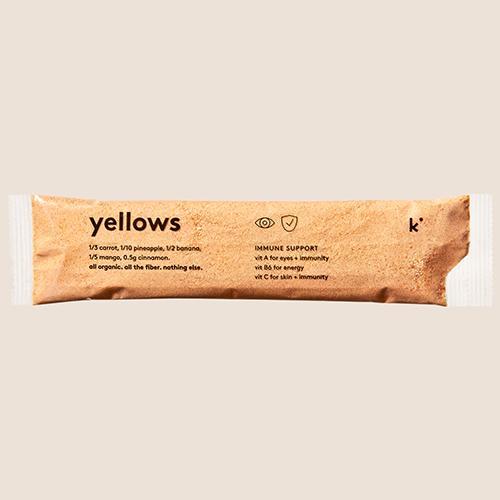What can we do to cut food waste?
Fed up of tossing sad salads and brown bananas? Here are our tips for making the most of the produce you buy, so it doesn’t go to waste.
Fed up of tossing sad salads and brown bananas? Here are our tips for making the most of the produce you buy, so it doesn’t go to waste.
Two sobering statistics for Earth Day:
Almost half of all fruits and vegetables grown for human consumption are wasted, through a combination of food loss (produce discarded before it gets to shops) and food waste (produce thrown away after purchase).
Taking care of nature’s bounty
Fruits and vegetables are amazing gifts from the earth, and we’re throwing them away at a staggering rate. It can be hard to see how individual choices can count against global industrial farming and retail industry practices – but your actions do matter. So what can we do as individual consumers to show our respect for earth’s bounty?
1. Don’t judge a banana by its cover: Get past the obsession with perfect-looking produce and go for taste over surface appeal. Wonky beets and bruised bananas can still be delicious.
2. Buy local and often: Fresh fruit and veggies aren’t the kind of thing you can stockpile. When it comes to highly perishable items like salad leaves, only buy what you know you’ll use in the next couple of days.
3. Store wisely: When it comes to keeping produce fresh at home, it helps to know your onions (they prefer to be in the dark, at room temperature BTW). Bananas emit a chemical that helps other fruits to ripen faster. Celery, asparagus and cut herbs last longer if you stand their stems in water, like flowers.
4. Reject plastic: Only a few fresh fruits and veggies are improved by plastic packaging (we’ll admit, it does a great job of keeping salad leaves perky and berries unbruised). Choose plastic-free wherever possible, and ask your grocery store for plastic-free options if none are available.
5. Follow your nose (and eyes): Sell-by dates on fresh produce are only ever a guesstimate, and the way you store yours could lengthen or shorten that shelf life. You should always take into account the appearance and smell of fruit and veggies to decide if they’re still good to eat.
6. Look at long-life alternatives, too: Freezing fruits and veggies is a great way to preserve their nutritional benefits (much better than canning, pickling or air-drying). Of course, refrigerators have a substantial carbon footprint compared to kitchen cabinets. We go one better: flash-freezing produce at its ripest, then slow-drying it to create a powder that doesn’t need refrigeration and is stable at room temperature for up to 6 months.
Holding ourselves accountable
By transforming fruits and vegetables – including the wonky ones – into long-shelf-life, instant smoothies, kencko is giving a second chance to a lot of produce that might otherwise be wasted. But we’re conscious that by manufacturing and shipping stuff worldwide, we’re also consuming earth’s resources - and we could do better.
Although our instant smoothie product does a great job of extending the life of fruits and vegetables without refrigeration, the powder is also quite sensitive to moisture, so each serving has to be individually wrapped. Currently, that means using home compostable films. Our cardboard packaging is already minimal and recyclable, and so we've been working for a while to get our sachets up to snuff, too.
there's more good content where that came from
